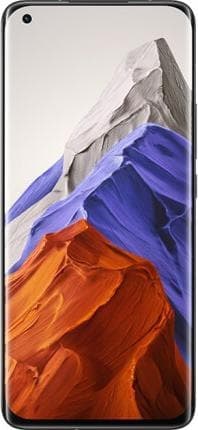- Archive
- Xiaomi Mi 11 Pro vs Xiaomi 12S
Xiaomi Mi 11 ProvsXiaomi 12S
We compare these two popular phones to help you decide which one fits your needs and budget better.

Quick Stats

Quick Stats
Note: Highlighted specifications show differences between the two devices.
| Metric | Xiaomi Mi 11 Pro | Xiaomi 12S |
|---|---|---|
| Connectivity | #292 | #276 Winner |
| Design | #385 | #378 Winner |
| Display | #15 Winner | #250 |
| Performance | #362 | #191 Winner |
| Battery | #154 Winner | #471 |
| Camera | #252 Winner | #343 |
Note: Lower rank number indicates a better position in category.
No significant specification differences found between these devices.
Xiaomi Mi 11 Pro
Strengths
Weaknesses
Xiaomi 12S
Strengths
Weaknesses
Xiaomi Mi 11 Pro
Xiaomi Mi 11 Pro delivers uncompromising performance with a vibrant AMOLED display, powerful triple-camera system, ultra-fast charging, and a sleek, durable design for an elite mobile experience.
Xiaomi 12S
Xiaomi 12S delivers powerful performance, vibrant 120Hz display, triple-camera versatility, ultra-fast charging, and a slim, premium build for an exceptional smartphone experience.
Need help choosing?
Read our detailed reviews to understand which device is better for your specific needs and budget.
Compare other phones
Explore comparisons between any other phones
Choose two different items to see a detailed comparison of their specifications, performance, and features